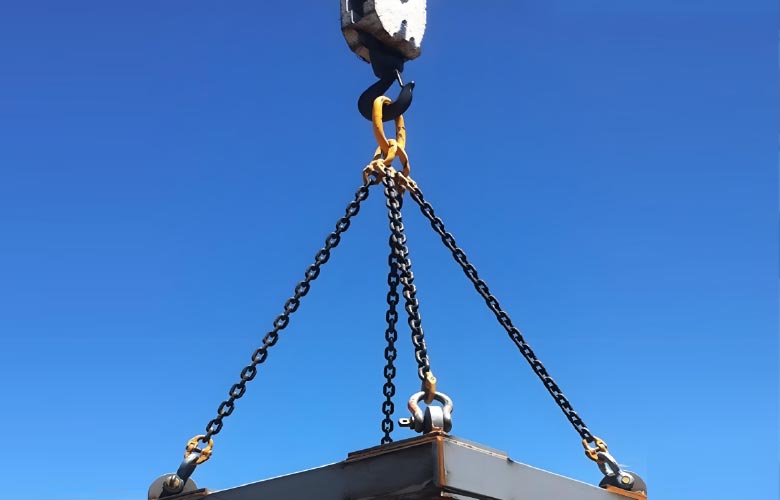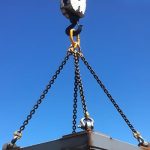
Specific Applications of G80 Alloy Steel Chain
2025-09-30
Another Container Chains has been completed
2025-11-05Cargo lashing is the process of securing cargo or containers to a means of transport (such as a ship, truck, rail car, or aircraft) using various equipment to prevent movement, shifting, or tipping during transit.

It is a fundamental practice in logistics and shipping, ensuring the safety of the goods, the vehicle, and the personnel.
Straps/Web Lashings:
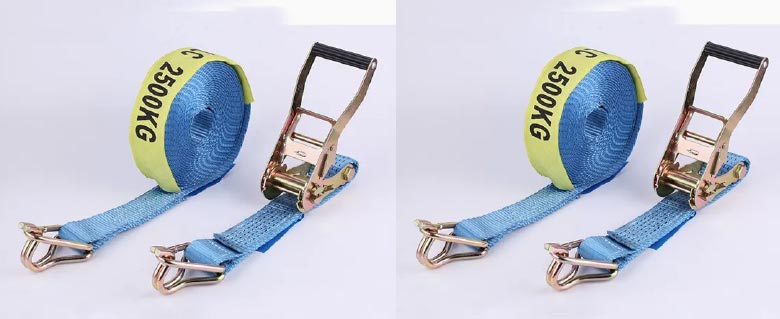
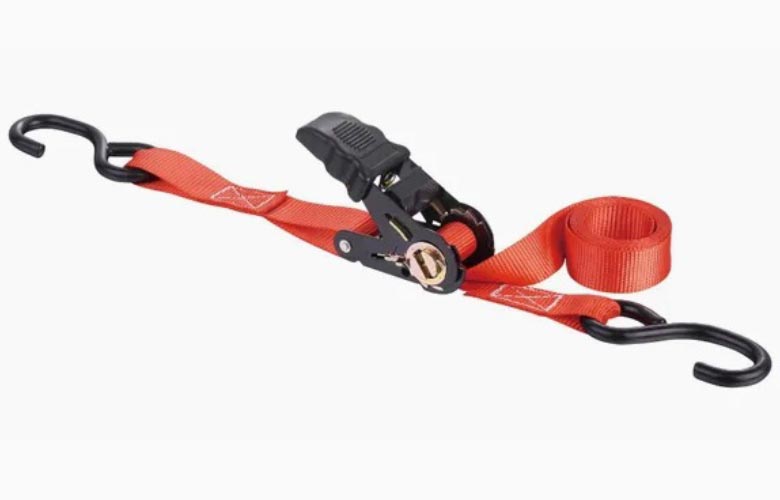
Straps/Web Lashings: Made of high-strength synthetic fibers (like polyester), often with ratchet buckles for tensioning. They are common for general and palletized cargo and they are most common and most frequently used for cargo securing across all modes of transport (road, rail, sea, and air). They are essentially heavy-duty belts made from strong synthetic materials, primarily polyester, used to tie down and restrain cargo.
-Key Features and Advantages of Straps/Web Lashing:
Material: Most are made from high-tenacity polyester webbing. Polyester is favored for its high tensile strength, low stretch, and excellent resistance to moisture, UV radiation, and abrasion. This makes it durable in various environmental conditions.
- Safety: Compared to steel strapping or chains, webbing straps are safer and easier for workers to handle, as they don’t have sharp edges that can cause injury.
- Non-Abrasive: The soft, flexible material minimizes the risk of damage, scratching, or denting the cargo it secures.
- Tensioning: They are typically used with a tensioning device like a ratchet buckle to achieve the necessary force to secure the load. This mechanism allows for quick, significant tightening and easy release.
- Cost-Effective & Lightweight: They are generally less expensive than chains and wire ropes and are lightweight, which adds minimal cost to the total shipment weight.
How They Secure Cargo
Web lashings work by applying tension to the cargo, which can be done using two primary methods:
1. Top-Over Lashing (Friction Lashing)
This is the most common use.
- The strap is run over the top of the cargo.
- The ratchet is tensioned, pulling the strap tight.
- The vertical force component of the tension presses the cargo firmly down onto the floor of the vehicle or container.
- This downward force increases the friction between the cargo and the floor, preventing the load from sliding.
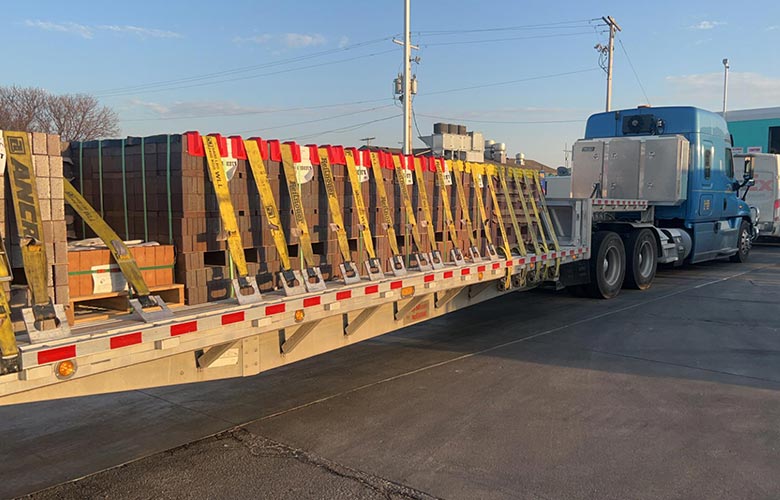
2. Direct Lashing
- The strap is attached from a dedicated lashing point on the cargo to a lashing point on the vehicle (diagonal lashing) or looped around the cargo (loop lashing).
- In this method, the strap acts as a restraint that directly opposes the forces trying to move the cargo (forward, backward, or sideways). The strength of the lashing itself (its Lashing Capacity – LC) is the main securing factor.
Important Safety Notes
- Never Knot Straps: Tying a knot in a web lashing can reduce its strength by 50% or more, making it unsafe for cargo restraint.
- Use Corner Protectors: Always place a corner protector or sleeve under the strap where it passes over sharp edges or corners of the cargo. This prevents the edges from cutting or damaging the strap, which would compromise its strength.
- Check Standards: Straps are manufactured according to international standards (like EN 12195-2) which specify their Working Load Limit (WLL) and Standard Tension Force (STF). Always choose a strap with the correct capacity for your specific load.



